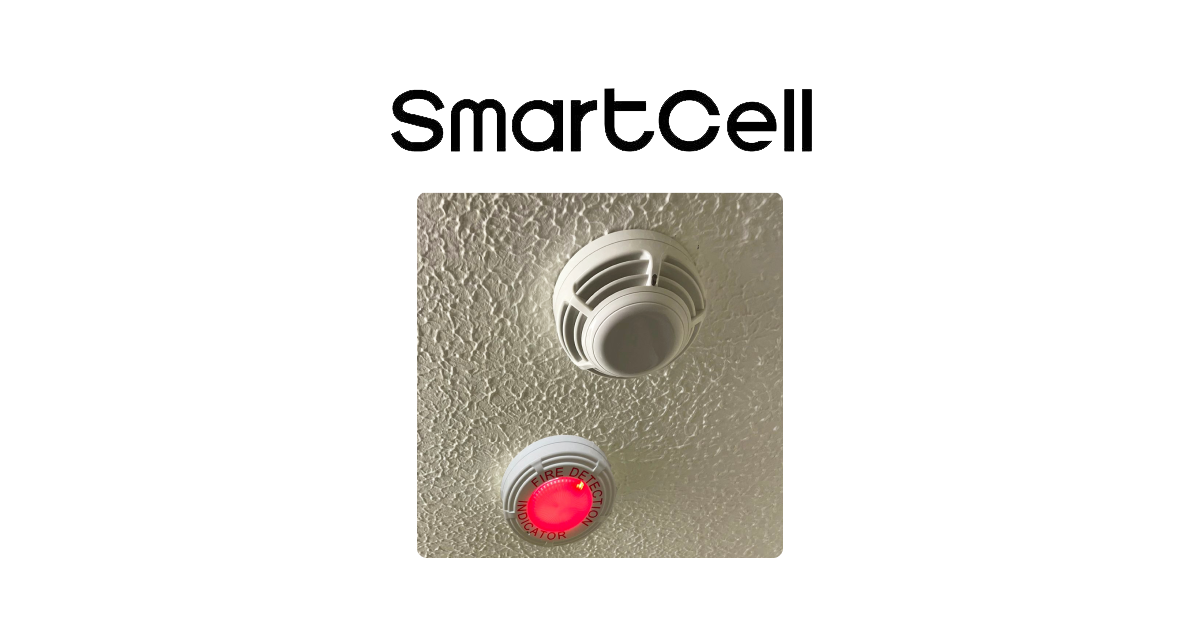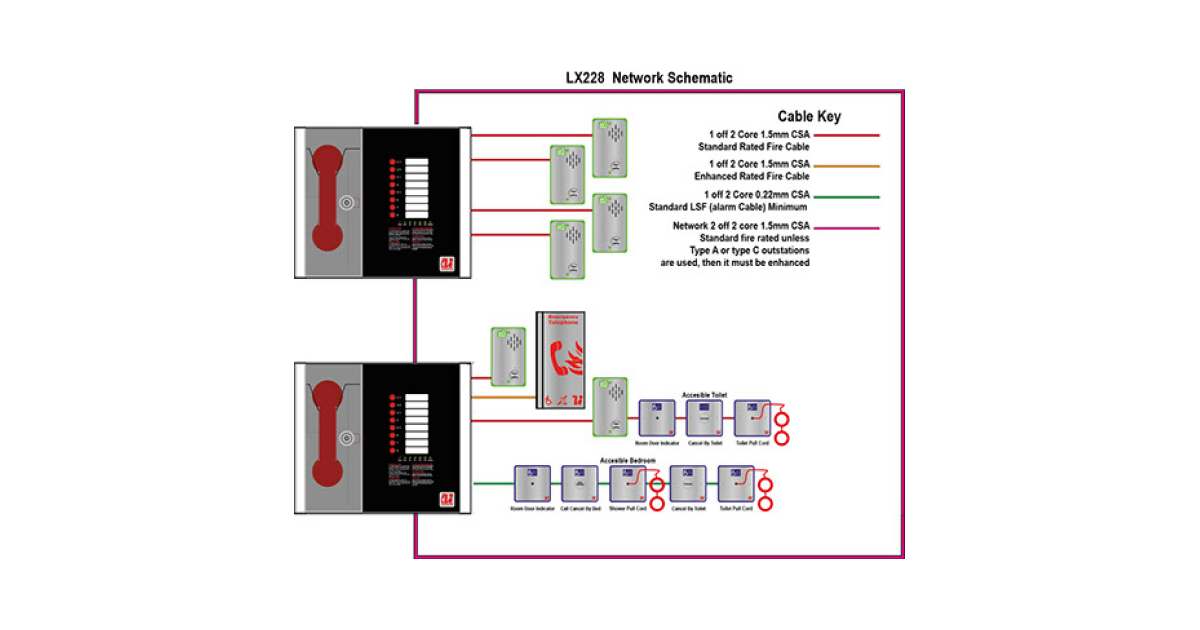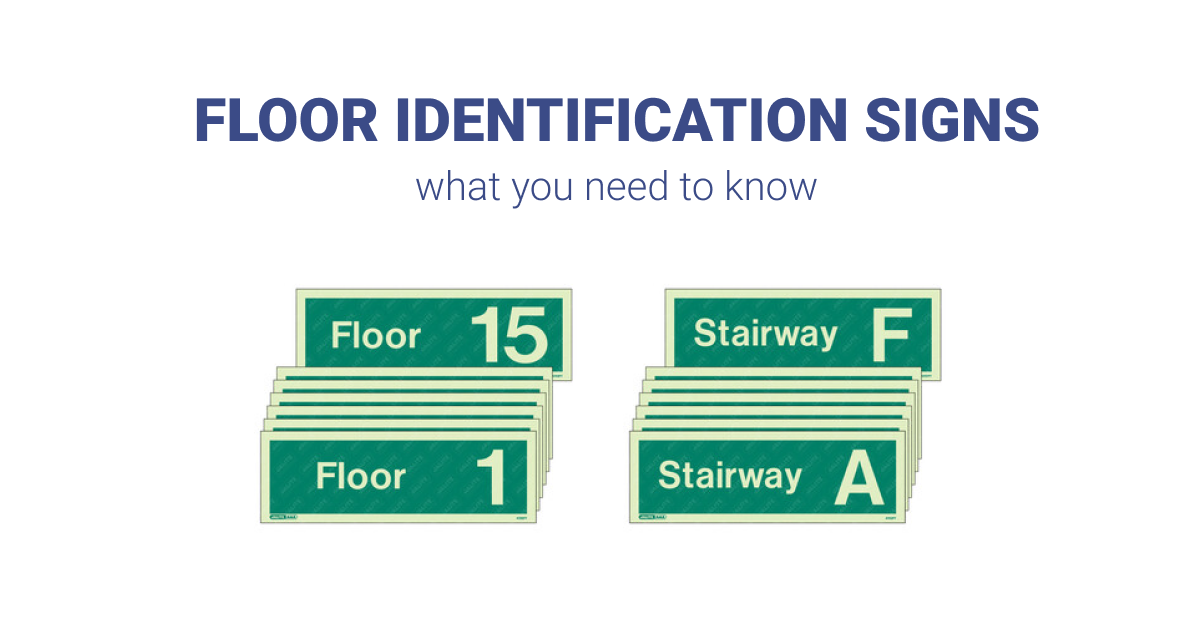
What are repeater panels and when should they be used?
We often hear about repeater panels on fire alarm systems and we all have a vague idea what they do, but what are the actual facts? When should we use them? How should they be installed?
Actually, it really is all a little vague as there is no current EN54 equipment standard for repeaters and the ‘Code of Practice’ in BS5839 gives only limited mention as follows:
- Fault indication should be given within 100 seconds at the control panel in the event of a short or open circuit at any repeat control and/or indication equipment including mimic panels.
- As the facilities of a control panel may be required by different people at different times then they need not be provided at a single location. Some maintenance staff may only require fault indication and not necessarily fire event information.
- In some systems the main control panel may be in a location which is not readily accessible and additional repeater panels may be required at the main entrance to the building.
- Where there are multiple entrances to a complex building there should also be consultation with the fire and rescue service regarding the possible need for repeat control and/or indicating equipment.
- In buildings that are not continuously occupied, siting of indicating equipment in a location that will be visible to the fire and rescue service from outside may be of benefit. This could be externally mounted or seen through a door if suitable.
- Control and Indicating equipment (which would include any repeaters) must be suitable for the site fire evacuation procedures – therefore, any repeaters must be of a similar standard and level of integrity as the main control panel.
- Although LCD text displays may be sufficient for the user, separate zonal indicators for every zone on the system are essential for fire and rescue service staff. This is in addition to the standard requirement of a printed Zone Chart beside each panel, but could be incorporated in the form of a Mimic diagram with zonal indication.
- All wiring for the fire system should be in fire resistant cabling including the mains supply; hence repeater panels are no exception.

What exactly is a repeater panel?
Repeater panels are properly described as ‘Repeat Control and Indication Equipment’ and fall into three main types:
- Active: This type of repeater will have full indication of events at the main control panel and will also offer fire system controls (such as silence, reset etc.) from the repeater.
- Passive: This would offer indication of some or all events at the main control panel but have no fire system controls.
- Mimic: This is normally in the form of a printed or engraved plan of the building marked with the fire system detection zones and incorporating illuminated zone indicators to identify any zone in alarm.
It is also important to identify the intended use of the repeater panel. If the main control panel is correctly located and the system is correctly compliant without any requirement for full repeat panel facilities at any additional locations, then it could be said that an additional repeater panel intended purely for informational purposes would be non-critical and there would be no need to ensure that fire resistant cable is used. However, in most applications it would be wise to avoid using anything other than correct fire resistant cabling.
What are the key advantages?
- If installation of the main control panel is difficult when located correctly at the main entrance area, then a repeater panel could be used to ensure control facilities are available at the correct location and allowing the control panel to be located elsewhere.
- A control panel mounted in an entrance area in certain types of building may be subject to damage and hence failure of the system. By locating the control panel in a safe location and utilising a repeater panel in the entrance area the integrity of the system is maintained at a higher level and possible future costs to repair potential damage are likely to be lower.
- If a building has a manned security facility as well as a main entrance area then repeater panels may be used to ensure all relevant personnel are informed in the event of fire.
- Where individually protected premises have shared entrance areas it may be necessary to provide additional repeater panels in the shared areas.
How does this affect a system installer?
Ensure that you have carefully evaluated your system design to identify which areas will require indication and control. If more than one area requires this then select a system range which includes suitable repeater panels.
The first port of call is always to ask your fire alarm supplier to recommend the best product for your requirements. Most good suppliers will have their own technical support teams for this purpose and will be quite used to each situation.










